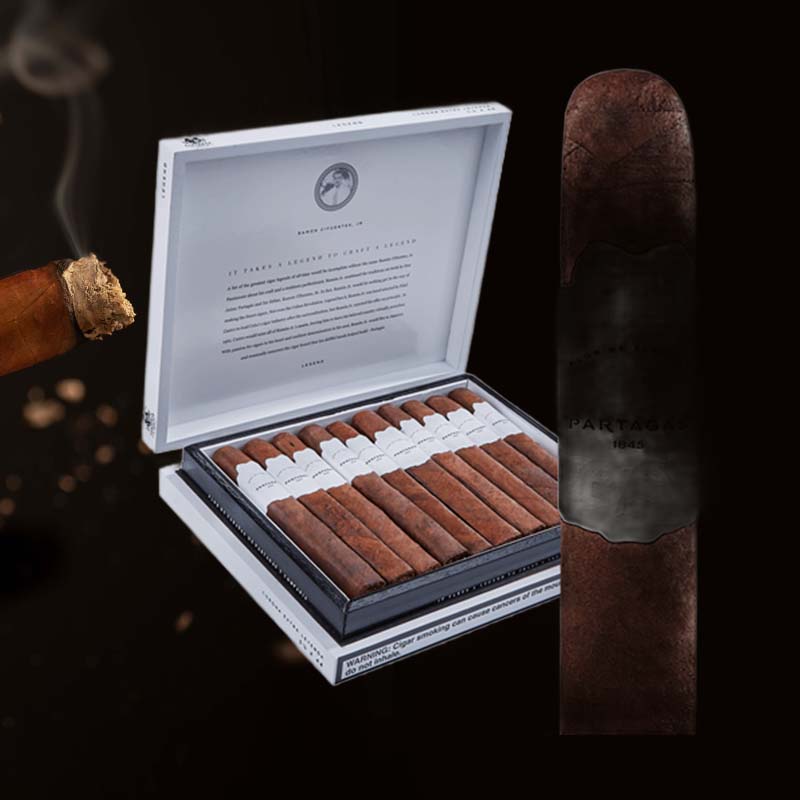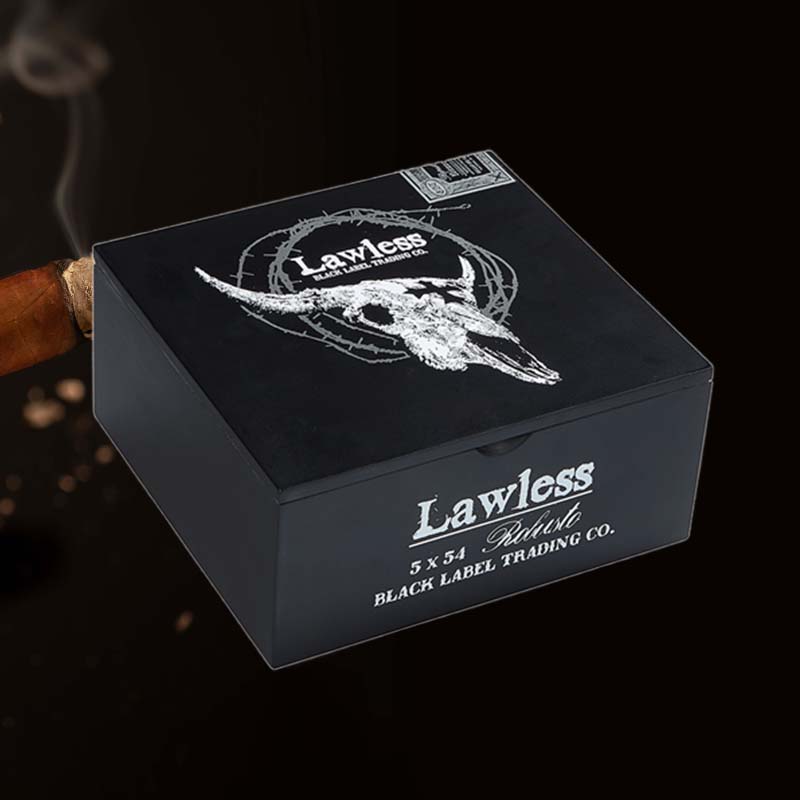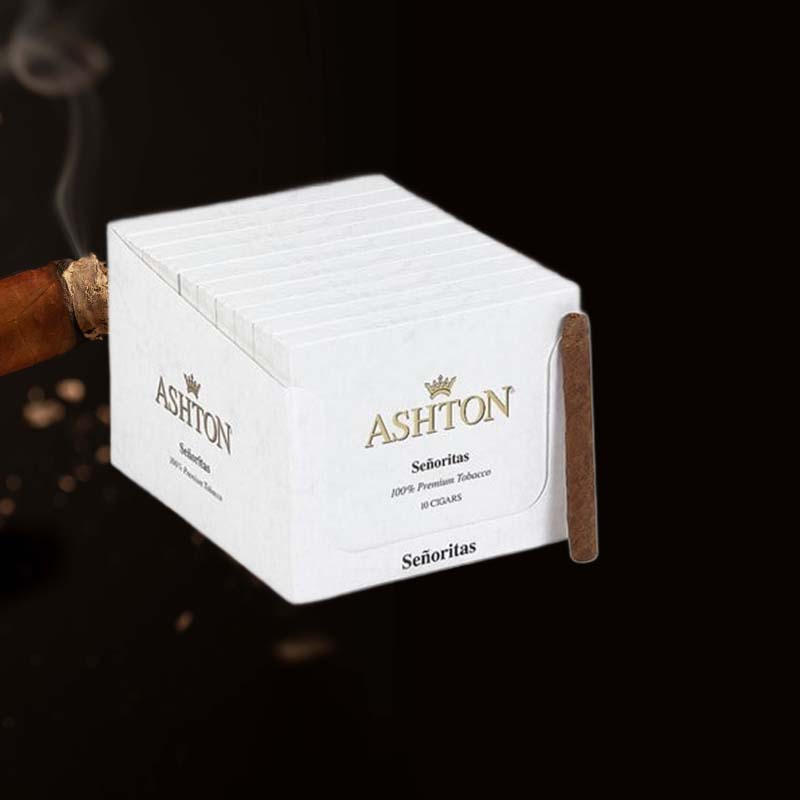How to fix mini torch lighters
Has your mini torch lighter let you down just when you needed it the most? I’ve been there, too. Nothing feels worse than reaching for your trusty lighter, only to find it sputtering or refusing to ignite. It can be frustrating, but the good news is, with a little patience and some handy tips, fixing your lighter is not as daunting as it seems. Let’s dive into the world of mini torch lighters and uncover how to bring them back to life!
Why is my lighter not working?
Understanding why your mini torch lighter has stopped functioning can save you a lot of time and effort. Some key issues might be behind its malfunctioning.
Common symptoms of non-functioning lighters
- The lighter produces no flame at all.
- Sparks are visible, yet the lighter won’t ignite.
- The flame is extremely weak or flickering.
- A hissing sound is heard when attempting to ignite.
- The lighter feels damp or waterlogged.
Common lighter issues and how to fix them
Identifying common problems
It’s essential to identify specific issues before jumping to conclusions. Spending a moment to understand what’s wrong can save you time and effort in fixing your lighter.
Lighter sparks but won’t light
Steps to troubleshoot spark issues
If you see sparks but the lighter won’t ignite, follow these steps:
- Check if there’s sufficient butane fuel.
- Inspect the nozzle for clogs.
- Adjust the flame height to ensure it’s not too low.
- Consult the lighter’s manual for specific troubleshooting steps.
Weak flame
What causes a weak flame?
A weak flame can result from low fuel, clogged jets, or even incorrect adjustments. Checking these areas usually resolves the issue. For me, cleaning the jets often made a significant difference, and I could hardly believe the difference a clean lighter can make!
Leaks
How to detect and fix leaks
Leaks are serious since they can waste fuel and pose a hazard:
- Check for visual signs of butane escaping.
- Use a soapy water mixture to identify the leak.
- Replace seals or o-rings if necessary.
Out of fuel
Refilling your mini torch lighter
If the fuel is empty, don’t worry! Refilling is simple:
- Purchase high-quality butane fuel.
- Turn the lighter upside down to refill.
- Insert the nozzle and press down firmly!
- Allow a few minutes for any excess gas to dissipate.
Unclean lighter
Cleaning procedures and tools
A dirty lighter can hinder performance:
- Use compressed air or a soft brush for cleaning.
- Wipe the exterior with a soft cloth.
- Ensure the fuel nozzle is clear.
Hissing sound
Diagnosing hissing sounds
A hissing sound often indicates a leak. Inspect seals and connection points to troubleshoot effectively. In my experience, just tightening screws or replacing seals made a world of difference.
Dampness
Dealing with humidity and its effects on lighters
Humidity can damage lighter functionality. I recommend storing lighters in a dry place and occasionally checking them for moisture. A silicon packet can help absorb excess moisture if needed!
Step 1: So What You’ll Need for This
Essential tools for fixing mini torch lighters
Before you begin, gather these essentials:
- High-quality butane fuel
- Small screwdriver set
- Soft cloth for cleaning
- Compressed air
- Soapy water mixture for leak tests
Step 2: Ok Diagnosis Time Doctor
How to properly diagnose issues
Systematically check each component of your lighter. First, ensure there is fuel. Next, look for clogging or leaks. This methodical approach often leads to a quick resolution, helping you feel accomplished at the same time!
Step 3: Opening Your Lighter Up
Tips for safely opening your lighter
Taking apart your mini torch lighter can seem intimidating, but here are my tips:
- Ensure the unit is empty of fuel.
- Use a suitable screwdriver to avoid stripping screws.
- Gently remove components to avoid breakage.
Step 4: Adjusting the Spark
Methods for adjusting spark mechanism
Adjusting the ignition spark requires a gentle touch:
- Locate the adjustment screw.
- Turn it slowly to find the right spark intensity.
- Test after each adjustment to avoid over-tightening.
Step 5: So I Did That, But I’m Not Getting Anywhere
Troubleshooting persistent issues
If issues persist despite your efforts, re-evaluating previous steps is crucial. Sometimes, what feels like a minor detail can cause significant problems. Based on my experience, focusing on one aspect at a time helped pinpoint persistent issues.
Step 6: Putting It Back Together
Guidelines for reassembling the lighter
Reassembly can be tricky, but following these steps helps:
- Align all parts carefully.
- Reinsert screws gently without over-tightening.
- Ensure nothing is left inside that may obstruct functionality.
Step 7: I Do Believe We’re Done
Final checks and testing
Once reassembled, perform a final check by refilling with fuel and trying to ignite. It’s rewarding to see your hard work pay off!
Effective Solutions for Fixing Torch Lighters
Summary of solutions for common issues
From cleaning and refueling to checking for leaks and adjusting spark mechanisms, each solution can turn your disappointment into relief. Keeping these insights handy has turned fixing my lighters from a hassle into a quick and satisfying experience.
Troubleshooting Less Common Torch Lighter Problems
Handling uncommon malfunctions
Some malfunctions are rarer, but often can be resolved with similar steps: careful examination, cleaning, and part replacement as needed.
Master the Art of Torch Lighter Troubleshooting
Tips for becoming a lighter repair expert
Practice makes perfect; take notes during each repair, and soon you will become adept at troubleshooting all kinds of lighter issues.
How to prevent lighter problems
Maintenance tips for longevity
To extend the life of your mini torch lighter, remember these maintenance tips:
- Store it in a cool, dry place.
- Clean it regularly and check for clogs.
- Keep it out of direct sunlight.
FAQ
Why won’t my mini torch lighter work?
Your mini torch lighter may not work due to reasons like being out of fuel, clogged jets, or internal malfunction. Always check these key areas first!
Why is my torch lighter not releasing butane?
If your torch lighter won’t release butane, it’s likely due to a clogged nozzle or an issue with the valve. Cleaning these parts usually resolves the issue quickly.
How do you fix a clogged torch lighter?
To fix a clogged torch lighter, use compressed air to clear the nozzle, then clean any residue buildup with a soft brush to restore functionality.
How do you fix a sputtering torch lighter?
Sputtering can often be fixed by adjusting the flame height and ensuring there’s adequate fuel in the lighter. Regular cleaning also prevents buildup leading to sputtering.





















